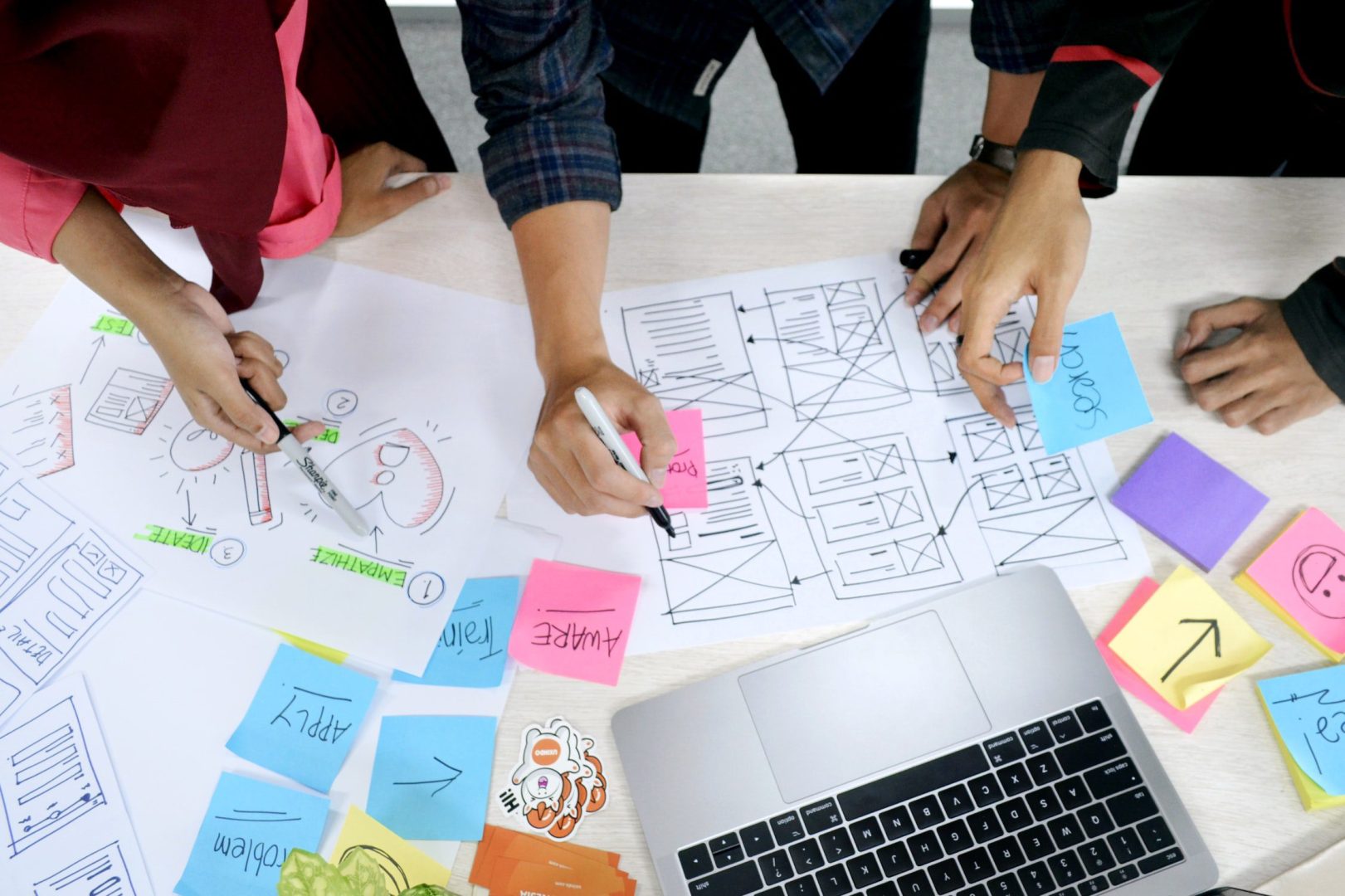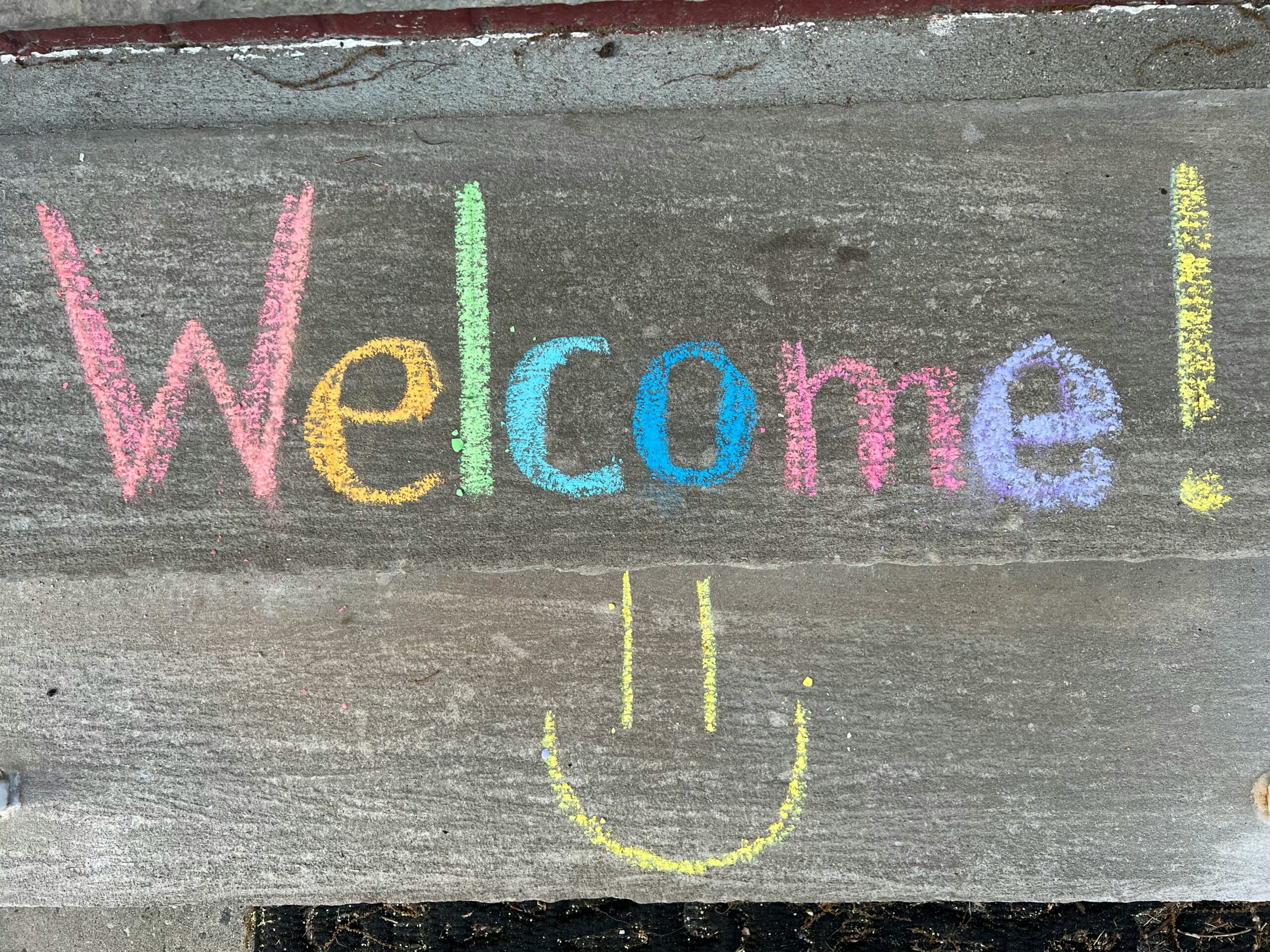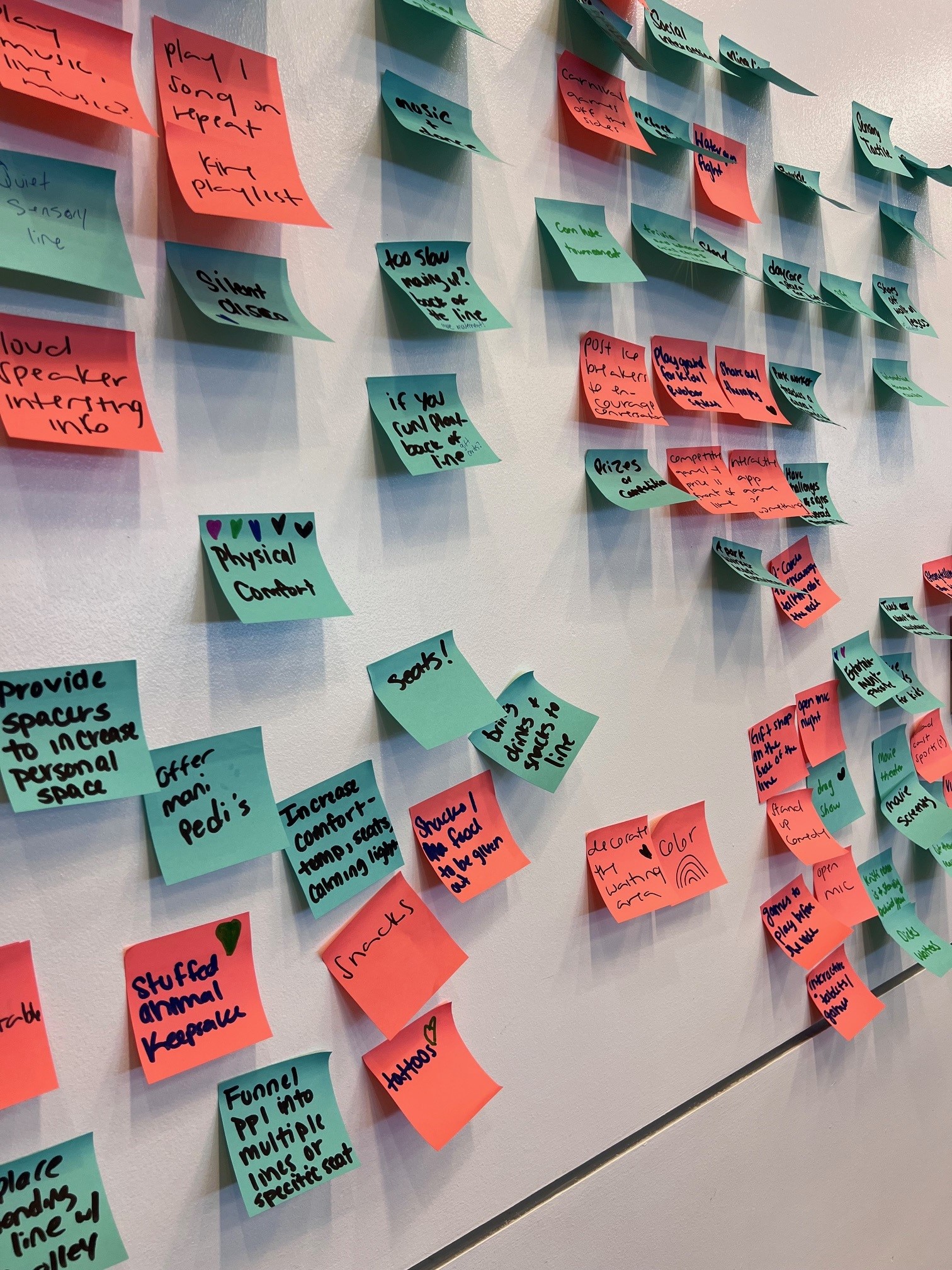Part two of our series on why using human-centered design can help us create better resources, programs, and services.
A lmost 15 years ago, when I took my first Human-Centered Design (HCD) course, I never imagined that I would be using this approach practically daily, or that it would become such a cherished part of my work. I never guessed that I could coach others on using it or even see a product come to life using this approach.
In the last several years, I have made a conscious effort to follow and become acquainted with other professionals’ work in the area of HCD. I have been so lucky to have the opportunity to work with incredible people using HCD for many years and in many different industries and projects. I have learned many things by working with them or following their work from a distance. I know using the HCD approach has its challenges: it is not perfect, and there are certainly things we could do to improve how it is applied. Nevertheless, there so many benefits to using HCD (for more on that, check out my blog post from last week.).
I have been pondering the last several months about how and who can readily embrace the mindsets of HCD and apply them in their work…who might need more time, more guidance…and who might never be able to incorporate HCD into their work. There’s not a definitive list of who might or might not, but I have the suspicion that not everybody is ready to embrace ambiguity and change their practice to have the end-user at the center of their solutions.
It is unfortunate that the way our projects, work, and systems are set up and structured, not everybody can center the end-user in their solutions. And some people are not willing to believe that the end-users experience should be the driving force behind a project, product, service, or resource.
A benefit, but also a challenge of using the Human Centered-Design process is that sometimes, it forces us to come to terms with our assumptions and bias and recognize their impact on our solutions and how we see the problem at hand and the potential solution.
Some people hold fast to the belief that our expertise, our positions of power, our privilege should be the driving force behind creation. A benefit, but also a challenge of using the Human Centered-Design process is that sometimes, it forces us to come to terms with our assumptions and bias and recognize their impact on our solutions and how we see the problem at hand and the potential solution.
Relinquishing power is hard, and it is even more complicated when you have always relied on your expertise and knowledge alone to create solutions. But I also think this could be about different perspectives that may drive how you see what is happening with HCD. When you center the end-user, you don’t forgo your expertise or the research—you add to it the experiences, the expertise, and the insight from the end-user.
I am absolutely not not trying to diminish our work and knowledge as researchers, educators, and creators. Rather, I am encouraging us to be challenged, to try something new and embrace ambiguity…and to learn something new…and maybe even create better solutions.
I especially would like to challenge my fellow researchers: If you have been working in a particular field for five, ten, 20-plus years and feel that you know a lot about that area, use HCD to see your area of expertise or approach your work differently.
Even when you think that the methods used by HCD are gimmicky, unnecessary, time-consuming, or simply different, try them and trust the process. If you believe that you already know quite a lot, let HCD confirm your assumptions, and if through the HCD process you learn something different than what your other research taught you, don’t dismiss it or diminish it; instead, think that maybe the HCD approach uncovered something that your other research practice couldn’t.
Why bother, you ask?
We have to be able to level the playing field and elevate the voice of those you are studying, creating, educating for—even if that wasn’t your standard practice, even if that was not how you were trained.
Let me be clear. This is an equity issue. We have a lot to bring to the table with our expertise and knowledge…but we cannot continue to act as the savior who knows it all, and knows it better than the people who will actually use our solutions—our resources, our services, our programs. We must believe that the end-user will know better than us what their problems are or are not. And from there, we must center their experiences, their knowledge—and keep going back to them to test ideas and concepts—so we can truly apply the HCD approach to create innovative solutions that actually solve problems.








